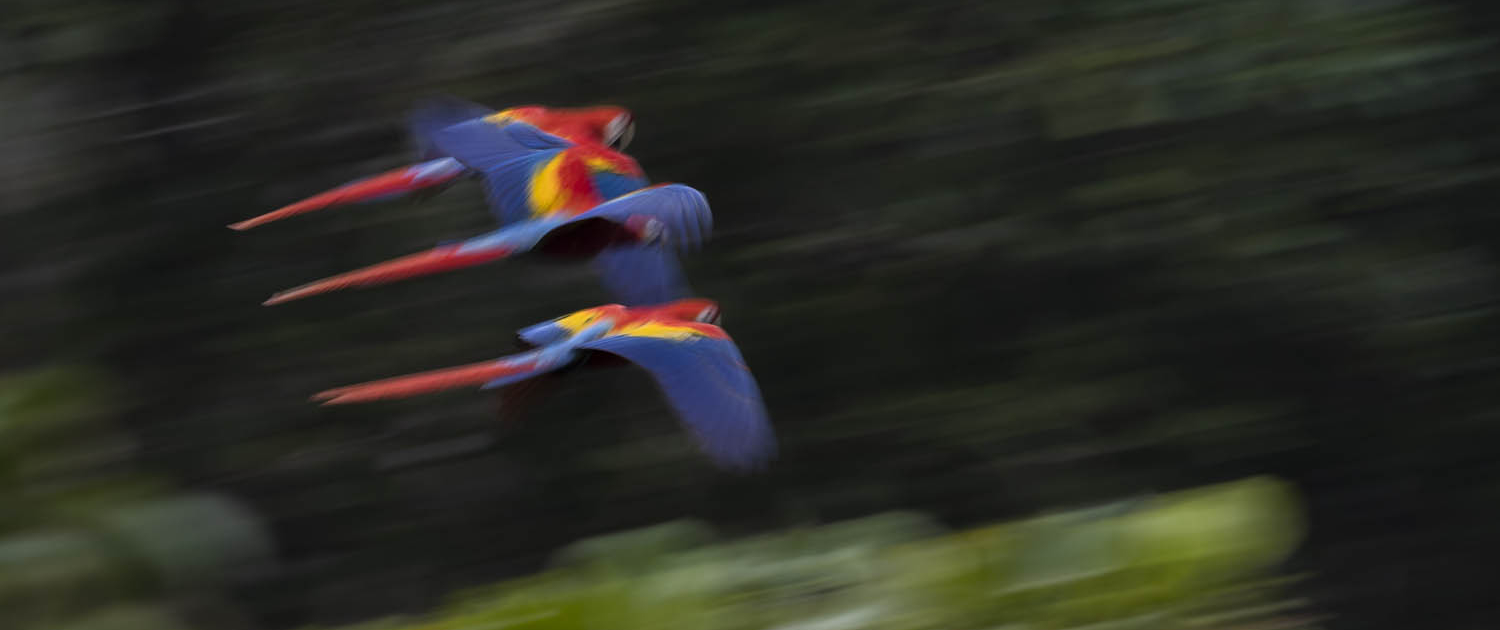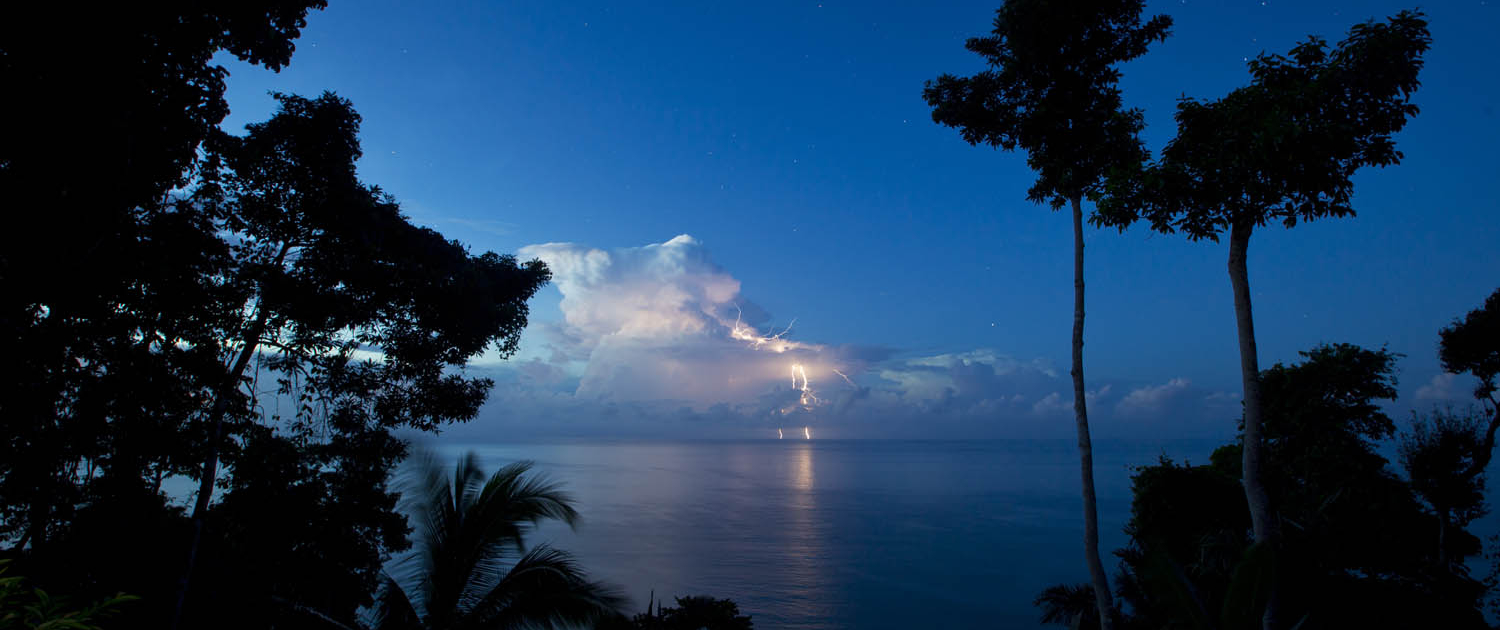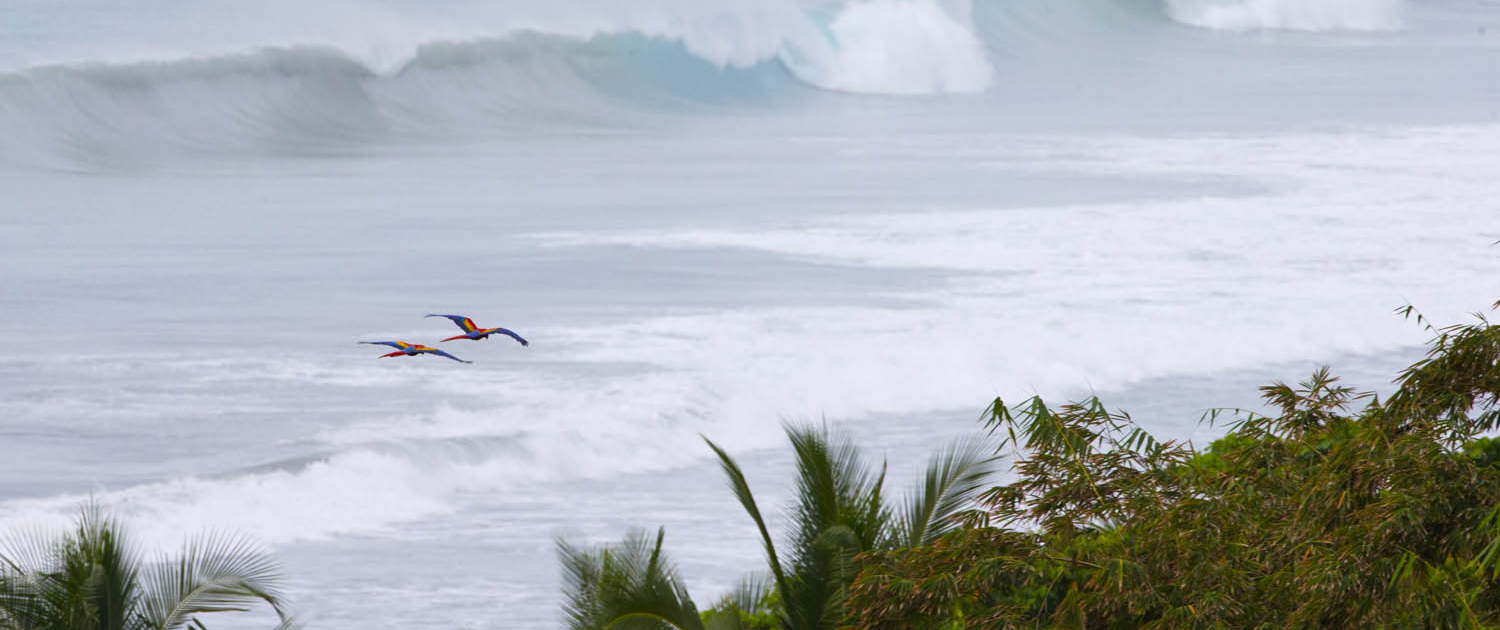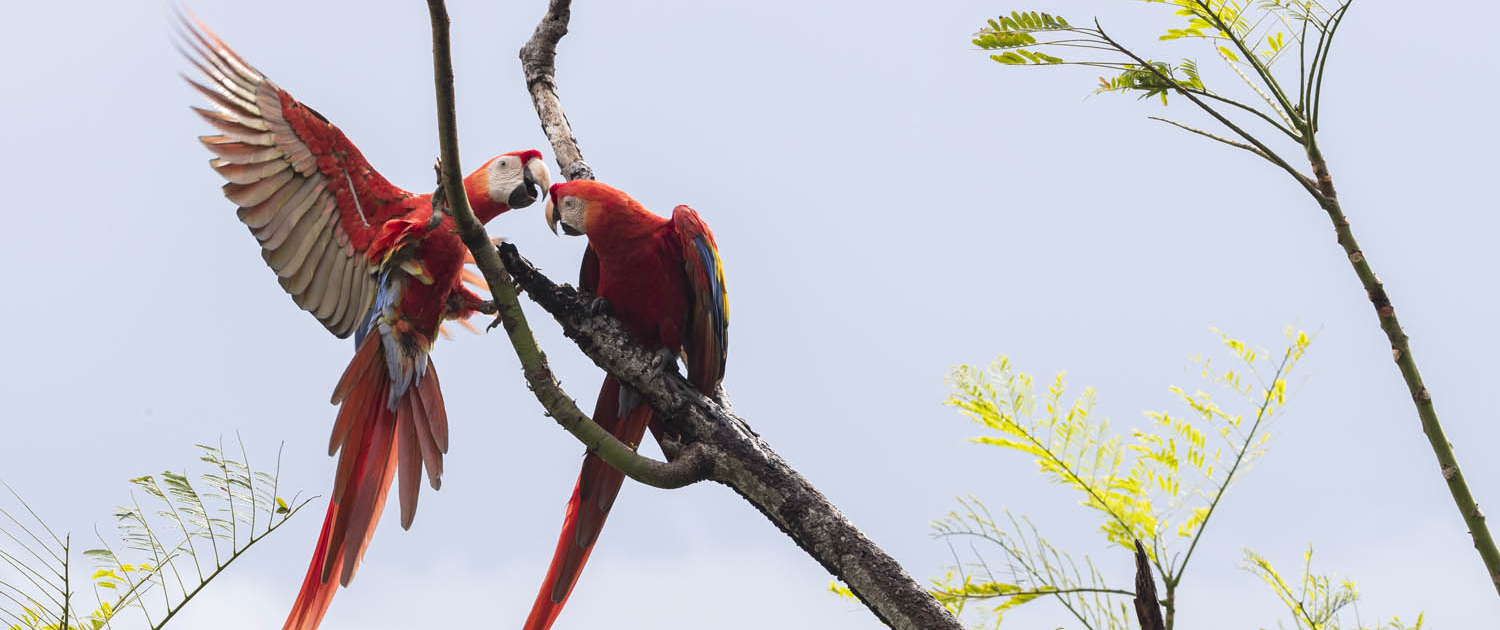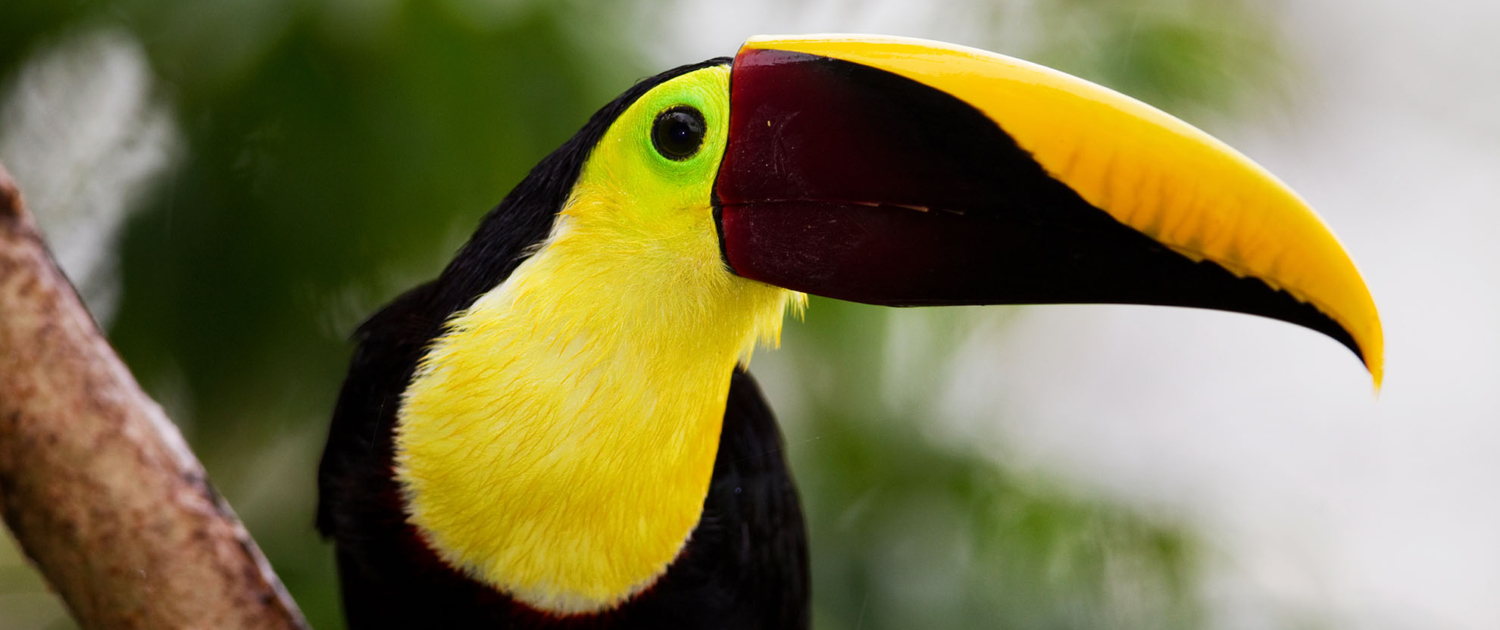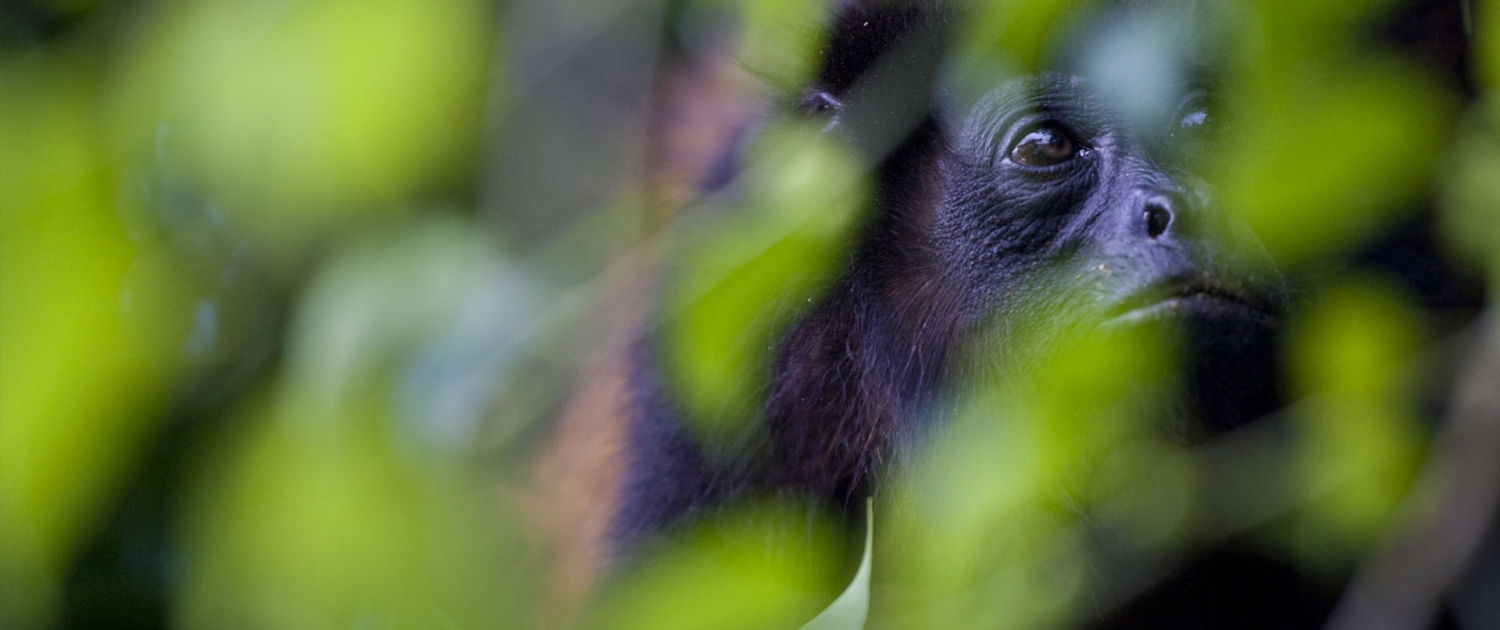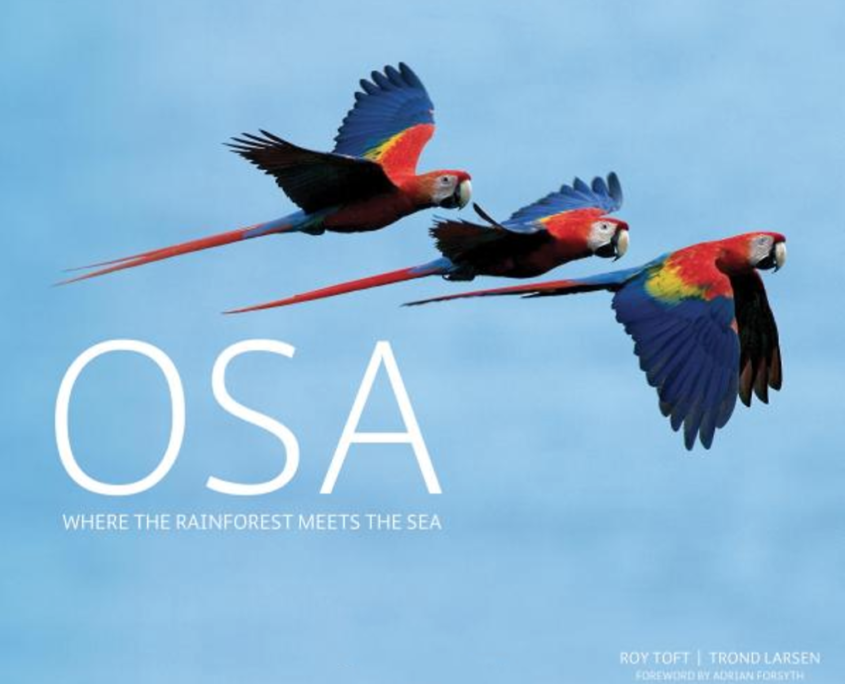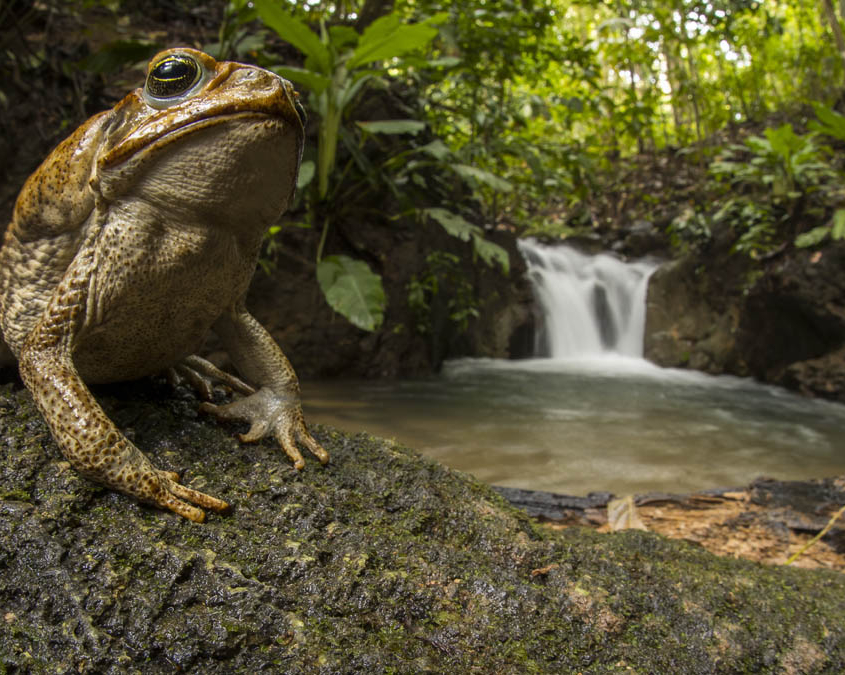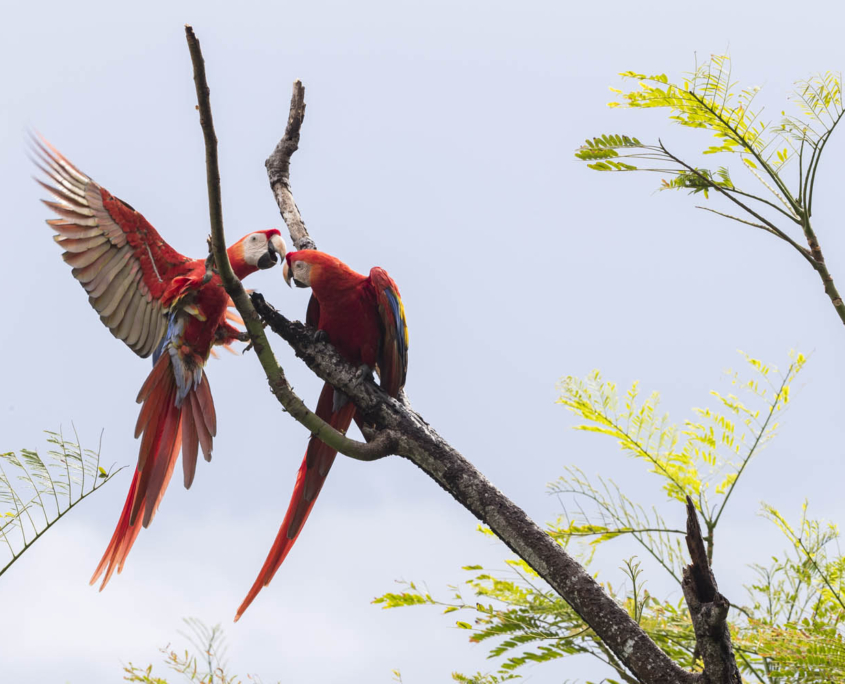In a remote and lush corner of Costa Rica, near the border with Panama, lies a realm of giant trees, potbellied spider monkeys, harpy eagles, prowling jaguars, and herds of white-lipped peccary, a tusked pig-like beast. This is the Osa Peninsula and there is no other place in the world like it.
Named after an indigenous chief, the Osa Peninsula is an area of just 430,000 acres that juts out from the mainland. Osa: Where the Rainforest Meets the Sea includes within its purview the greater Osa region, which encompasses the Térraba-Sierpe Delta to the north, the lands bordering the Golfo Dulce, and, to the south, the northwestern corner of Panama, a territory of similar biology, weather, and cultural history.An embarrassment of riches, the Osa seems to call for superlatives at every turn. Within Central America, for example, it contains the largest swath of lowland rainforest on the Pacific Coast and the most expansive mangrove wetlands; the tallest tree, a 250 feet (77 meter) kapok; the healthiest population of scarlet macaws – the only one that biologists judge to be growing in size; and it boasts more species of trees and plants than any forest occurring north of Panama. Applying an even wider standard of comparison yields additional forms of uniqueness: the Golfo Dulce is one of only four tropical fjords in the world, and it and the surrounding marine waters are believed to be the only place in the world where breeding populations of humpback whales from the northern hemisphere meet breeding populations arriving from the southern hemisphere.
The Osa Peninsula supports more than fifty percent of the animal and plant species that live in Costa Rica, yet it covers a mere three percent of the country’s total land area. This is an especially remarkable fact in a country that contains over 500,000 species – or four percent of all species estimated to exist worldwide. The entire United States, by comparison, has half the number of species that live in Costa Rica, with 200 times more land, and, because the Osa remains a relatively unexplored wilderness, thousands of species still await discovery.
About the Author & Photographer


